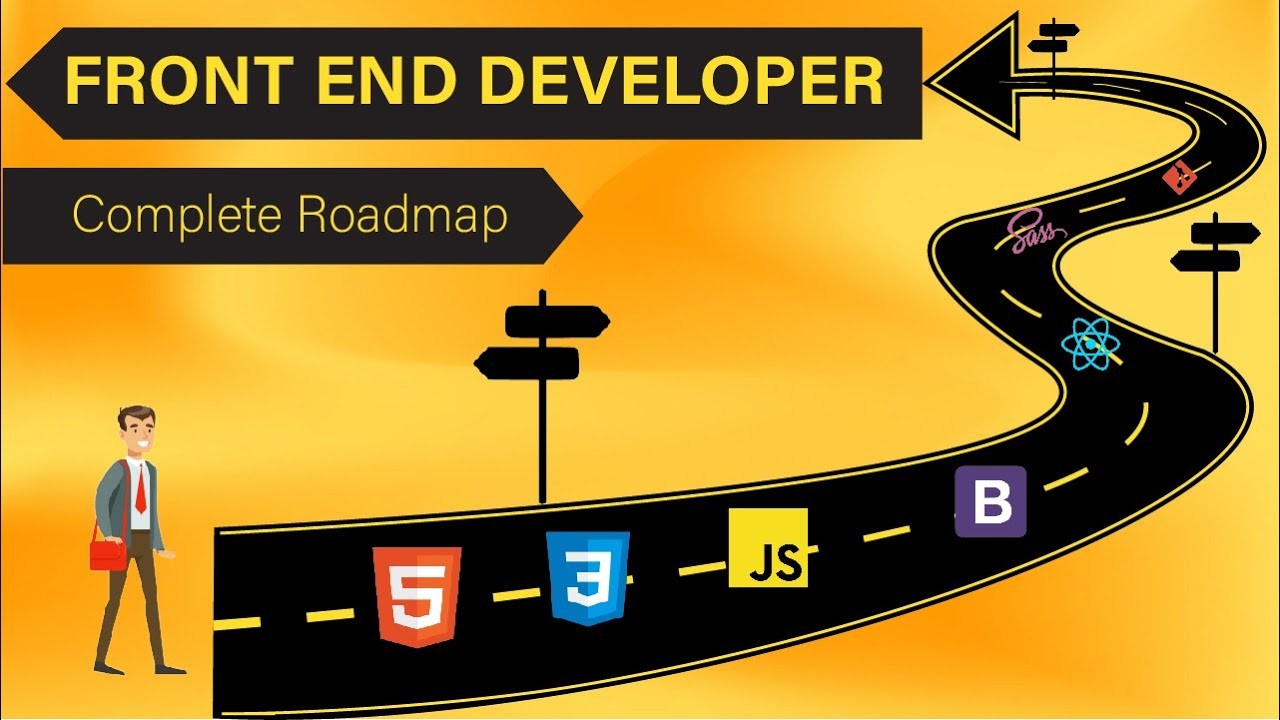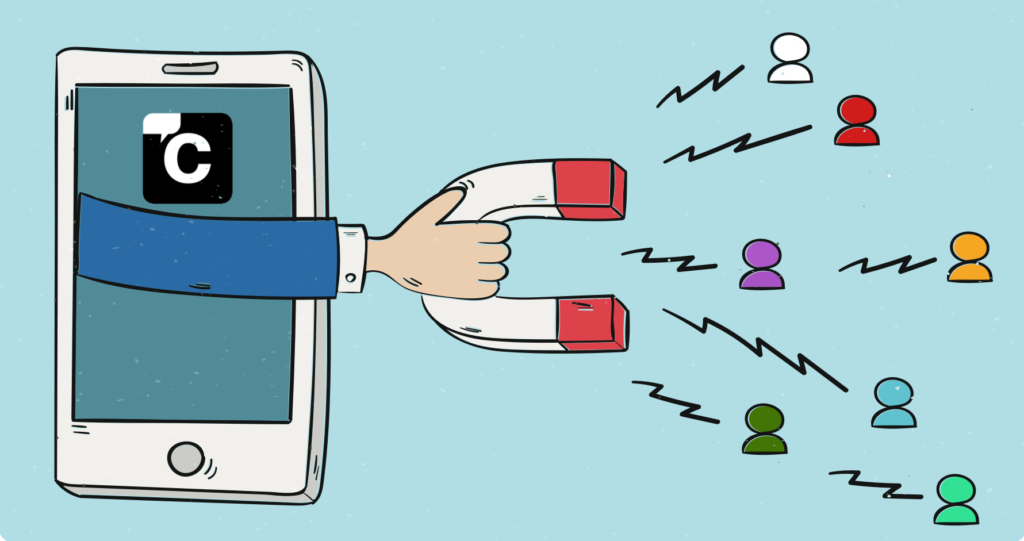User experience design (UXD) is the practice of designing and developing digital products that provide meaningful and relevant experiences to their users. While UXD has been around for many decades, it has become increasingly popular as technology advances, allowing brands to create exciting user experiences that keep customers coming back.
At its core, UXD is focused on creating positive interactions between a user and a product. This is achieved by understanding user needs, creating intuitive user interfaces (UI) that are easy to navigate, and testing different designs to ensure the best possible customer experience.
UXD involves looking at a range of factors including usability, accessibility, emotional design and ergonomics. These elements combine to create an enjoyable journey for users as they interact with a product.

UXD practitioners have many tools at their disposal to help them create the best possible experience for their users, from wireframing and prototyping to user testing and analytics. The end goal is to ensure that users can get what they need as quickly and efficiently as possible.
As technology continues to evolve, UX designers must stay up-to-date on the latest trends and tools to create the best experiences for their customers. This could include incorporating virtual reality, voice user interfaces, artificial intelligence and more into their designs.
UX design is an ever-evolving field that requires constant learning and experimentation to stay ahead of the game. By staying on top of emerging trends and technologies, UX designers can ensure that their customers have a great experience with their products.
The Role of Front-End Development in UX Design

Front-end development plays an important role in UX design. It involves creating the code that makes a website or app look and function as intended. Good front-end developers understand how to implement effective designs while also keeping the user in mind.
Front-end developers need to ensure that the code they write is up-to-date and efficient, as this will have a direct impact on the user experience. This includes using the right coding language and tools for the job, as well as ensuring that the code is properly tested before it’s deployed.
Front-end development also involves working closely with other developers, designers and UX practitioners to ensure that the code is properly integrated into the design. This collaborative approach enables teams to create high-quality experiences for users on all platforms.
Understanding User Needs and Goals
At the heart of UXD is understanding user needs and goals. This involves gathering data about users’ behaviors, preferences and expectations, as well as getting to know their motivations for using a product or service.
UX designers use this data to create designs that are tailored to the user’s needs and help them accomplish their goals more easily. This could include providing helpful feedback, simplifying navigation, or creating visual cues that guide users through the product.
By understanding their customers’ needs and goals, UXD practitioners can create products that meet their customers’ expectations and keep them coming back for more.
Usability and User-Centered Design
Usability and user-centered design are two key concepts in UXD. Usability is all about making sure a product is easy to use, with features that are intuitive and straightforward. User-centered design, on the other hand, focuses on creating products that are tailored specifically to users’ needs and goals.
By combining usability principles with user-centered design, UXD practitioners can create experiences that are both satisfying and successful for their users.
Visual Hierarchy and Information Architecture
Visual hierarchy and information architecture are two important aspects of UXD. Visual hierarchy helps designers create a clear path for users to follow, while information architecture organizes content in a way that makes it easy to find and understand.
By properly organizing content with visual hierarchy and information architecture, UX designers can ensure that their customers can easily find what they’re looking for and have a pleasant experience while doing so.
Accessibility in UX Design
Accessibility is another important aspect of UXD that should not be overlooked. It involves creating user experiences that are accessible to people of all abilities, including those with physical disabilities, visual impairments, hearing loss, and more.
Creating an accessible experience requires careful consideration of accessibility principles and user needs. UX designers should take into account the needs of all potential users when creating a product, not just those who are able-bodied.
By following accessibility best practices, brands can ensure that their products are usable by everyone, regardless of their abilities or limitations.
Enhancing User Engagement and Delight

The ultimate goal of UXD is to create products that are engaging and enjoyable for users. To achieve this, UX designers should strive to enhance user engagement and delight by creating a unique and memorable user experience.
This could include incorporating interactive elements such as animations, gamification or augmented reality into the design. It could also mean providing helpful feedback or introducing unexpected surprises that delight the user.
By creating engaging experiences for users, brands can ensure that their customers remain engaged and satisfied with their products.
User Experience Design – FAQs
What is user experience design (UXD)?
User experience design (UXD) is the practice of creating products that provide a positive and enjoyable experience for users. UX designers consider a range of factors such as usability, accessibility, emotional design and ergonomics when developing products.
What are some tools used in UXD?
UX designers use a range of tools to create interactive and engaging experiences for users. This includes prototyping and wireframing tools, usability testing tools, analytics software, virtual reality platforms, and more.
What is the difference between UX design and UI design?
UX design is focused on creating products that are enjoyable and satisfying for users,
UX designers use a range of techniques to understand user needs and create designs that meet those needs. This includes conducting research, creating prototypes and testing the product with users.
UI design is focused on creating visual elements that are aesthetically pleasing to users. This includes selecting colors, layouts, typography, icons and other visual elements. UI designers must ensure that all of these elements work together in harmony to create an attractive and consistent user interface.
